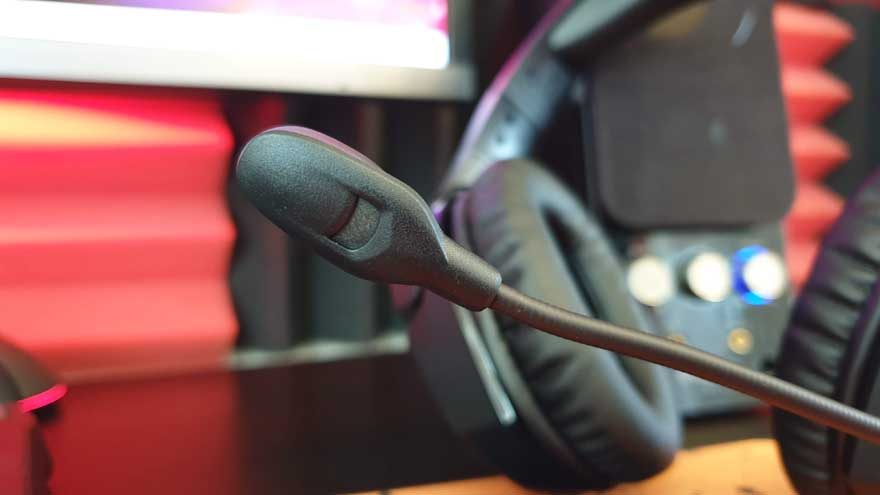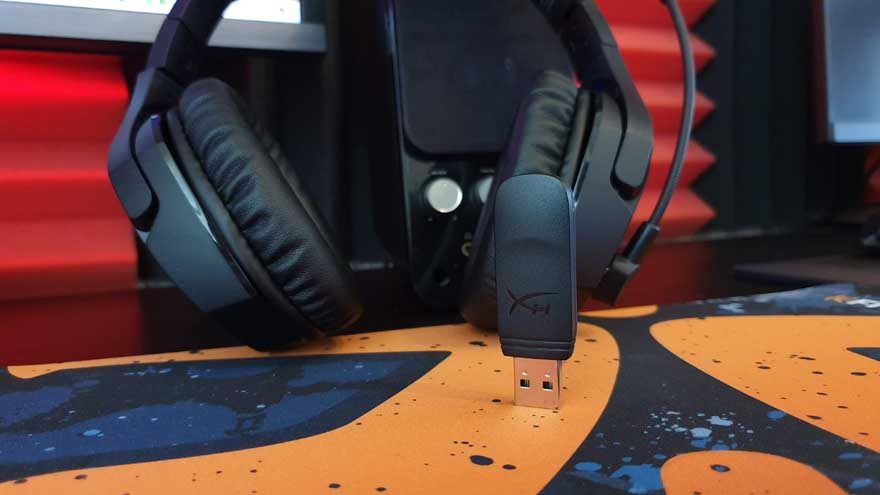HyperX Cloud Stinger Wireless Gaming Headset Review
Peter Donnell / 5 years ago
A Closer Look & Performance
The HyperX Cloud Stinger Wireless does look fairly similar to the older wireless model. However, a few obvious changes do stand out. For one, they’ve chopped off the cable as it’s now wireless.
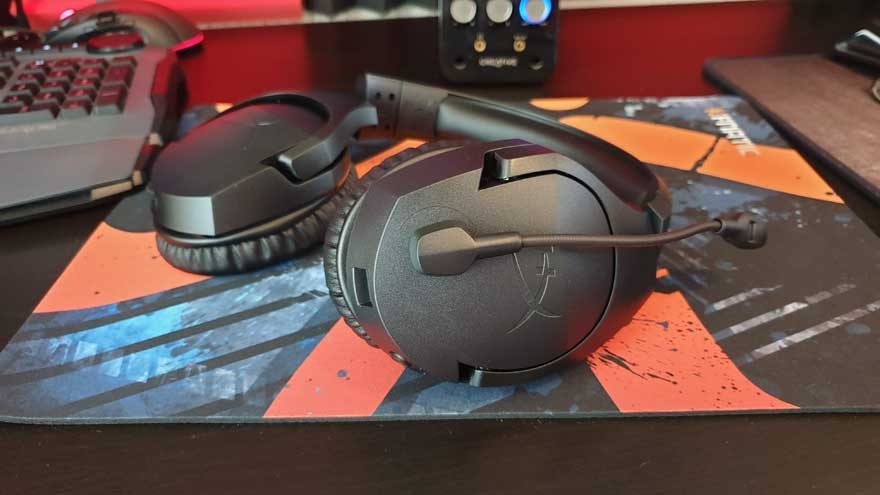
There’s a USB charging port on the bottom where the old cable used to be attached.
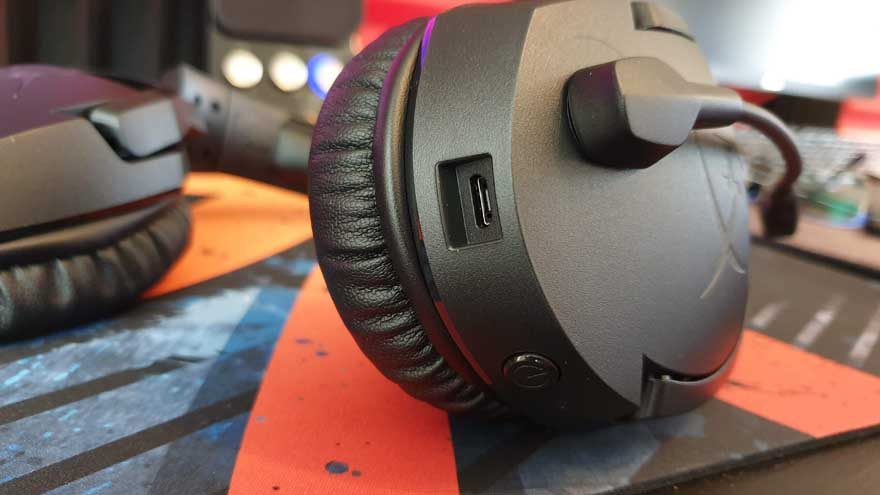
The microphone also looks very different. It now has a fully flexible boom, where as the old model has a more rigid and much thicker boom. As I said earlier, the microphone is also completely different. Any aesthetic similarities are where the similarities end with this headset, it’s all new on the inside.
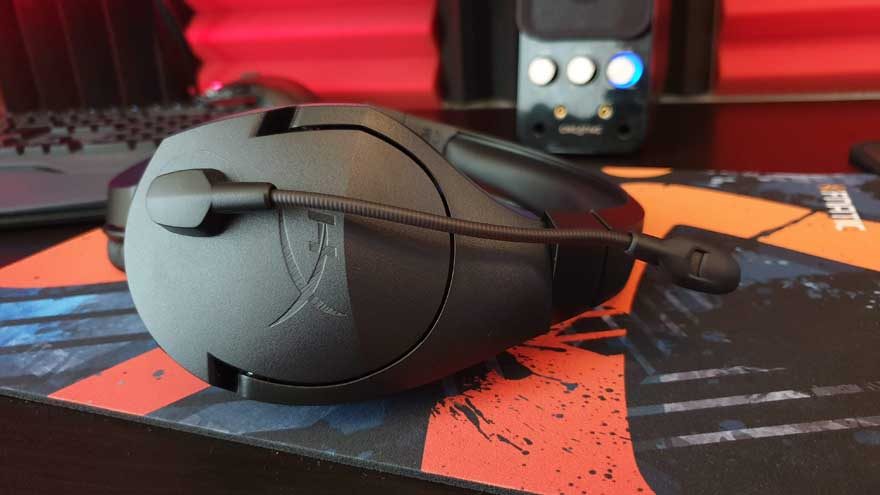
Ergonomic
The Stinger was always a pretty comfortable headset to use while gaming. Because They’ve made almost no changes to the actual shape of the headset, it’s still very much as comfortable to use as it always has been.
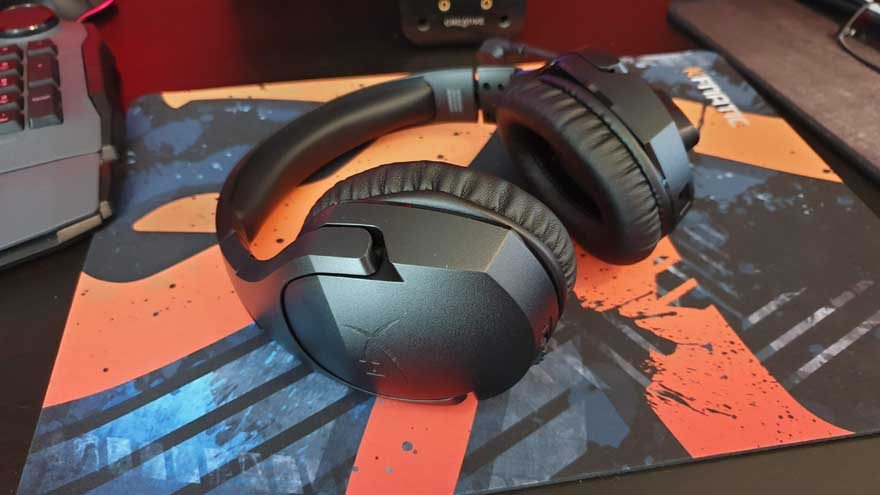
The ear cups are nicely adjustable too. They can be folded inwards 90-degree. Not only does this make it easier to make them fit around your ear/head shape, but you can wear them around your neck while gaming. I find it’s easily to store them in a backpack like this too, which is handy if you travel.
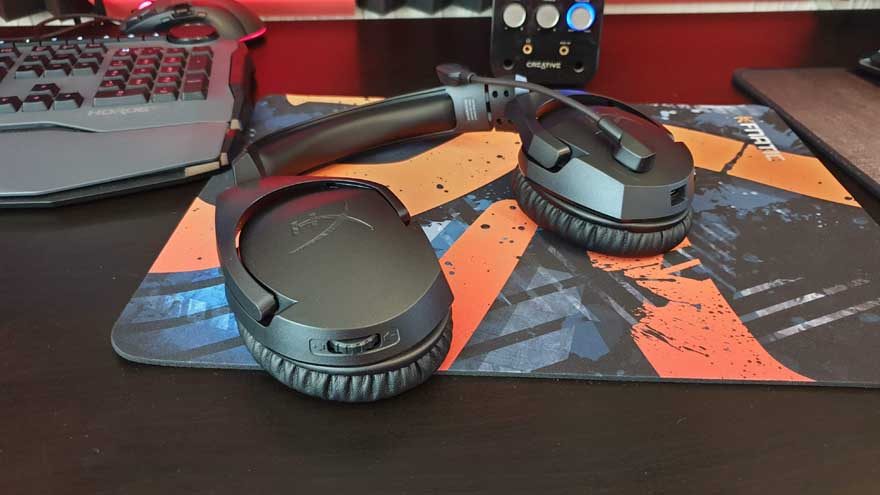
The drivers pivot too, which will help create a closer seal around your ears while your gaming. They tip back a few degrees till they sit flush with the headband.
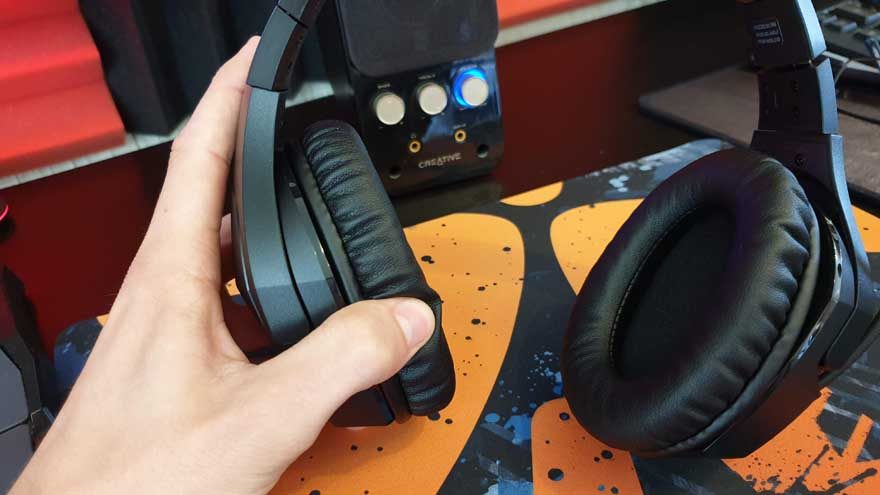
They also tip forwards quite a bit when needed.
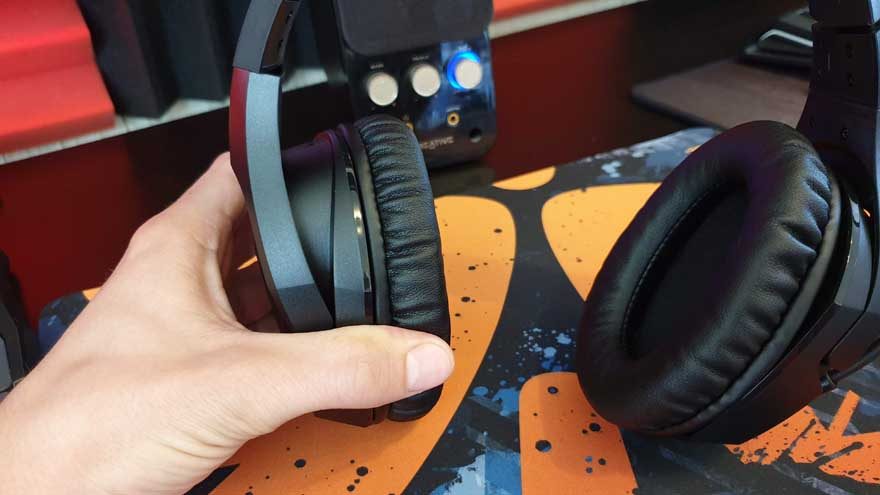
The headband is reinforced with a metal strip, helping it stay rigid and provide a more sturdy clamping force over your ears. Don’t worry though, it’s not too tight, but it is nicely firm. Obviously, this is also the size adjustment system, allowing it to fit both younger and adult gamers.
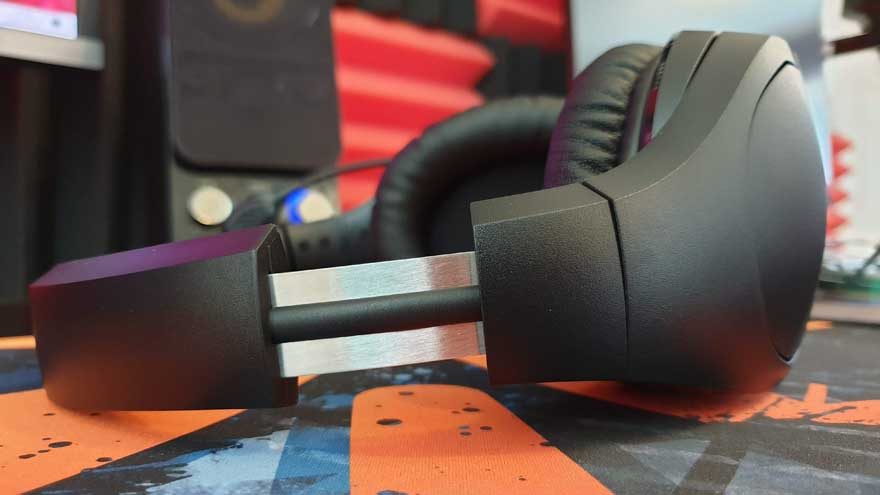
There’s some soft leather covering a memory foam layer on the ear cups and headband. The drivers are closed-back too, so they seal up nicely around your ears, locking in the sound quite nicely.
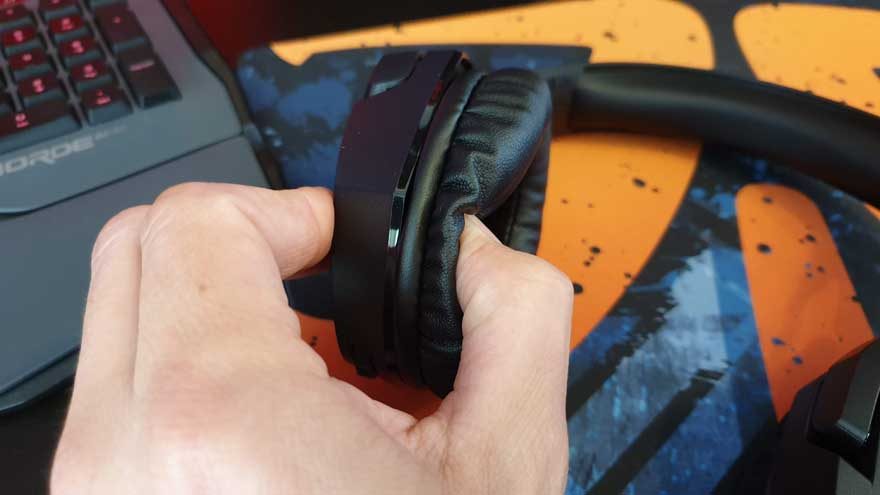
Control
This isn’t the most advanced or complicated wireless headset in the world. When it comes to controls, you get two options. There’s a volume wheel on this side. It’s an infinite scroll wheel, but it “beeps” when you’re maxed out.
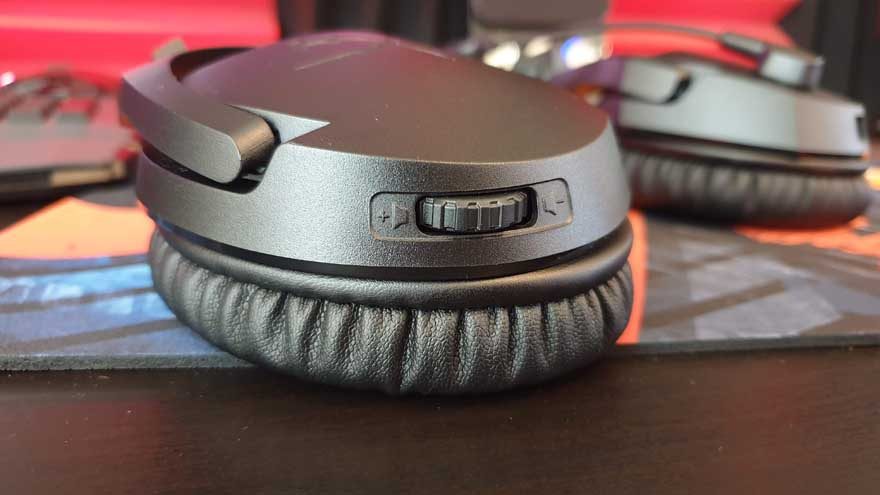
Then you’ll find the master power button on this side. That’s it really, plug, play, power, volume, done. I like a lot of features sometimes, but honestly, sometimes simplicity is a great thing too.
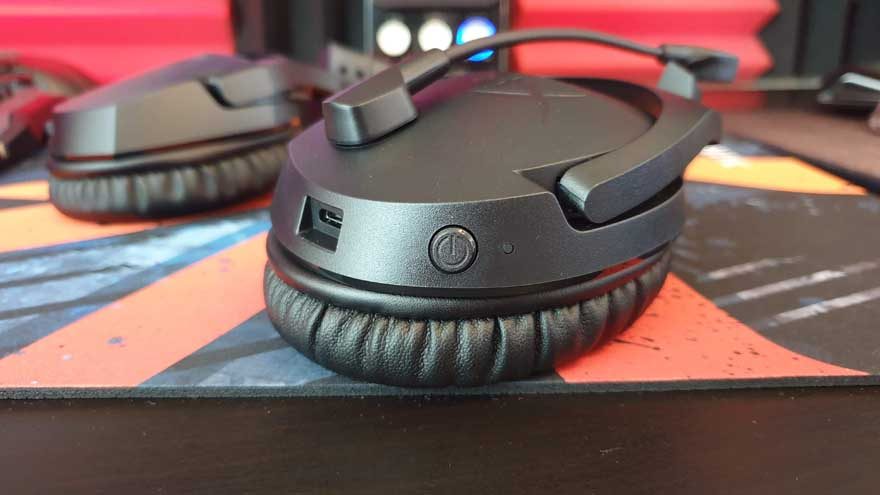
Performance
The 50mm drivers are hardly the most advanced units in terms of specifications. However, do not be fooled, as they pack one heck of a punch when it comes to movies, music and of course, gaming. I remember saying that the original Stinger “hold a tight bass response that’s sure to put the thrill into those explosions, as well as give your music and movies nice big fat sound.” While that’s certainly true of the new model too, I think they sound even better. The new drivers are easily up to speed with anything else in this price range, and offer up a lot of crisp detail, while still giving you that low-end “wow factor” that makes big explosions and heavy music really rip.
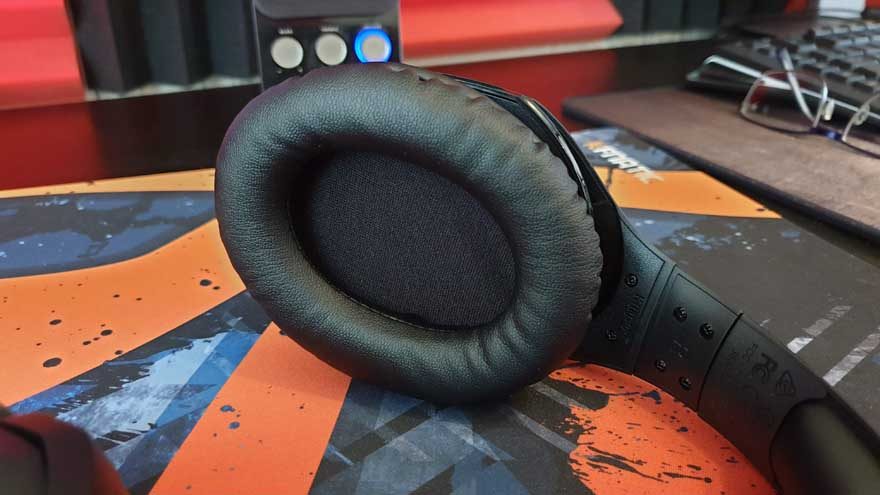
Closed-Back Drivers
They’re a lot of fun to game on, and well, so they should be given it’s a gaming headset. There are no fancy features like Active Noise Cancellation (ANC) or even Environment Noise Cancellation (ENC). However, since the drivers use a closed back design, as well as soft leather ear pads, they passively lock in the sound. You can have it cranked to 100% and while someone is wearing it, you wouldn’t know they were melting their ear drums. It works both ways too, listening at a reasonable 50-60% volume, I couldn’t hear ambient noise at all, so you can really get lost in your favourite digital world here.
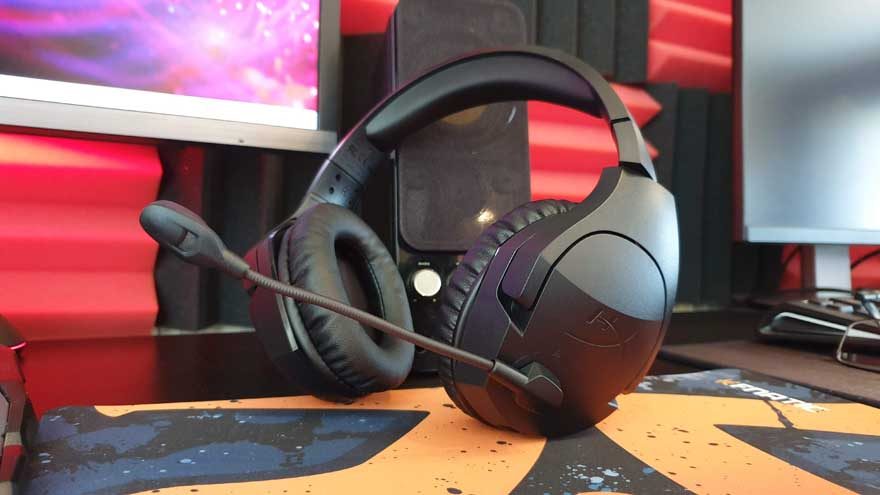
Microphone
The new microphone is decent too. It’s nothing remarkable, it’s about on par with other quality boom microphones on sub £100 headsets really. The design is great though, with a tiny built-in filter in the head and a highly flexible boom. Overall, it means you can get the perfect position for nice and clear audio.
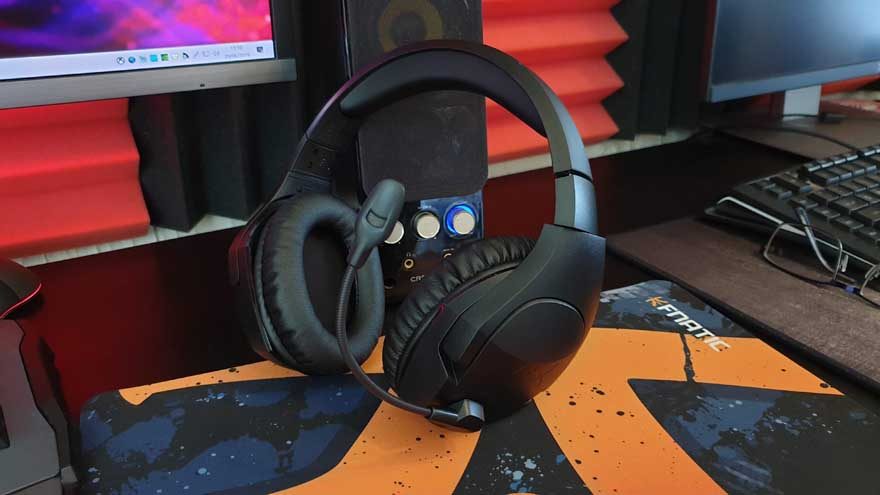
It might not have fancy processing features, but it doesn’t pick up much ambient noise at all, while still sounding nice and clear. The only downside to my mind is no built in monitoring. You can do this through Windows Sound Manager though; I tend to find myself shouting as I can’t hear myself otherwise.
